Jupiter, Saturn, and More - July 2019
On page Jupiter, Saturn, and More - August 2018, I present photos, which I took of various planets and which were at least partially the best I have ever made from these planets. In July 2019, I took some "quick shots" of Jupiter and Saturn, which I want to present on this page, but which I thought represent a considerable step backwards, because I only held the camera "fast times" to the eyepiece. At Saturn I wondered afterwards that I could see anything at all on the photos. But have a look at the photos to learn more!
When using the Sky-Watcher Skymax-127 telescope, both planets produced only very small discs in the 32 mm eyepiece and even in the 10 mm eyepiece. I therefore set the optical zoom of the Sony RX100 M4 that I used for the photos to the maximum focal length of 70 mm (equivalent) in order to achieve the largest possible image.
I used the Skymax-127 on the Sky-Watcher AZ Pronto mount, but neither attached the camera to the eyepiece nor used a cable release. It should just go fast...
Photos - Jupiter
The following photos of Jupiter were taken on July 15, 2019 with the Skymax-127, a 32 mm eyepiece (47x magnification visually), and a Sony RX100 M4 (camera guided by the eyecup when held to the eyepiece):
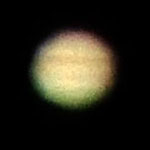 |
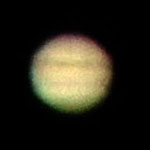 |
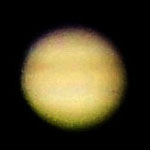 |
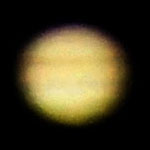 |
|||
|
||||||
 |
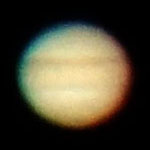 |
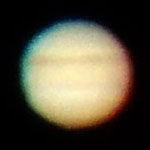 |
Photos cropped and processed | |||
The two photos at the top left were taken with 1/50 sec, f2.8 and an equivalent focal length of 50 mm, the rest with 1/30 sec, f2.8 and an equivalent focal length of 70 mm, which explains the difference in size. The photos show 1:1 pixels. All photos were taken with ISO 1600 to achieve still manageable shutter speeds.
Half size (all pixels should appear in a retina display, but smaller) makes the stripes easier to see:
 |
 |
 |
 |
 |
 |
 |
The two photos on the left were taken with an equivalent focal length of 50 mm, the rest with an equivalent focal length of 70 mm.
Photos from 2018 for comparison:
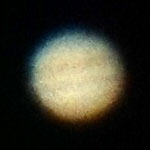 |
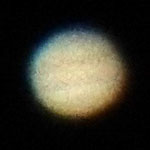 |
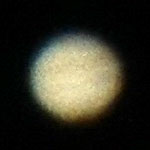 |
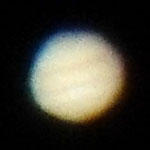 |
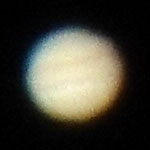 |
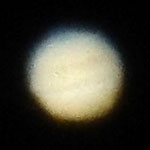 |
These Jupiter photos seem to be slightly poorer than the current ones.
Jupiter and its four largest moons:
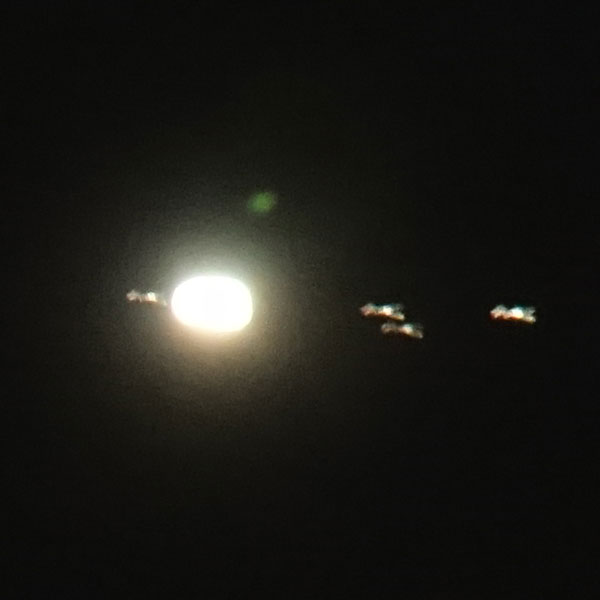 |

Ditto in half size (all pixels should appear in a retina display, but smaller) |
The photo is completely blurred, but you can at least see the positions of the Jupiter moons, which were a bit unusual (for me).
Photos - Saturn
Sky-Watcher Skymax-127
The following photos of Saturn were taken on July 15, 2019 with the Skymax-127, a 10 mm eyepiece (150x magnification visually), and a Sony RX100 M4 (camera guided by the eyecup when held to the eyepiece). I only saw a weak, blurred shimmer in the display of the camera, so that I am surprised to have taken some photos at all, on which Saturn with its ring is recognizable. All following photos are brightened strongly.
Half size (in a retina display all pixels should appear, but smaller; click on the photos to show them in 1:1):
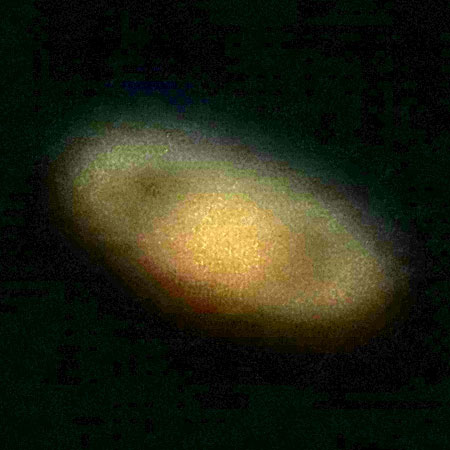 |
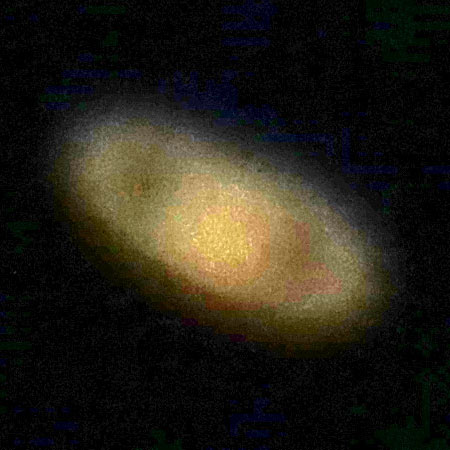 |
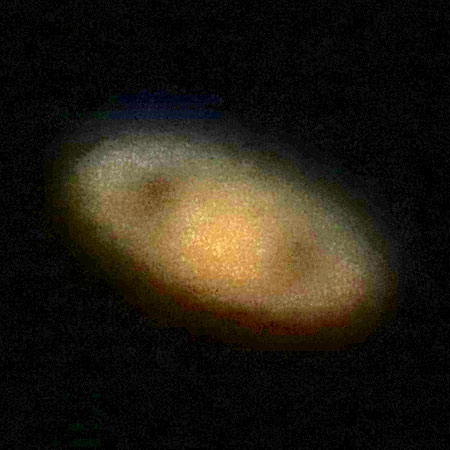 |
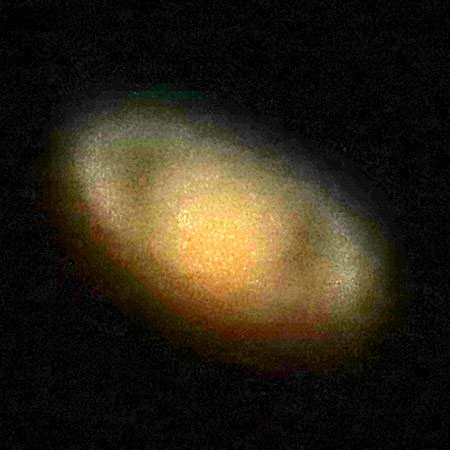 |
|||
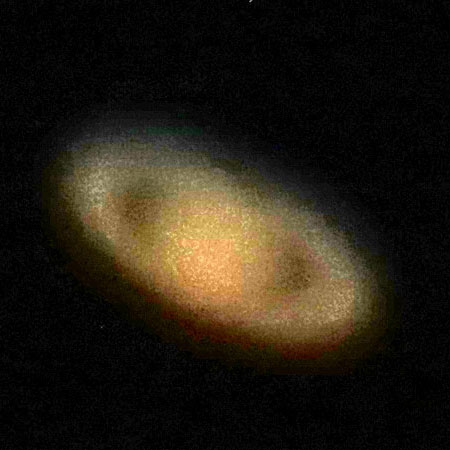 |
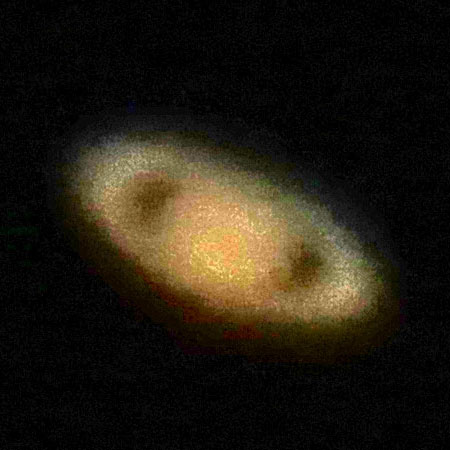 |
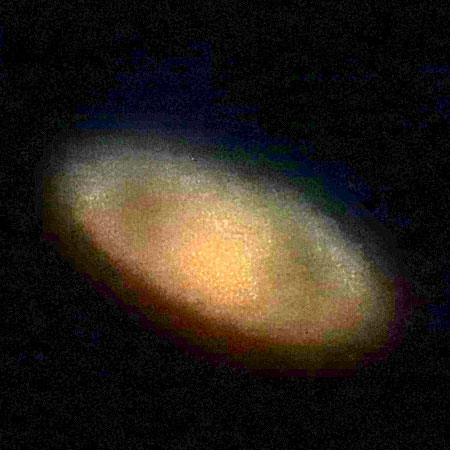 |
 |
|||
Photos cropped and processed |
||||||
Photo data : 1/30 sec, f2.8, ISO 1600
Quarter size (click on the photos to see them in 1:1) for more sharpness:
 |
 |
 |
 |
|||
 |
 |
 |
 |
Photos from 2018 for comparison:
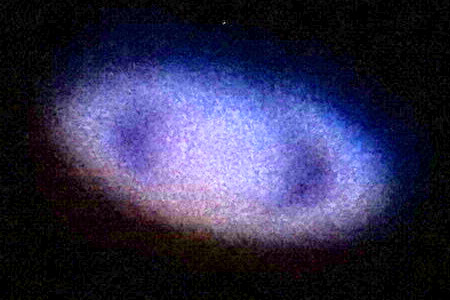 |
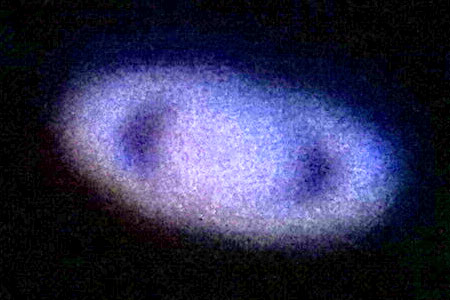 |
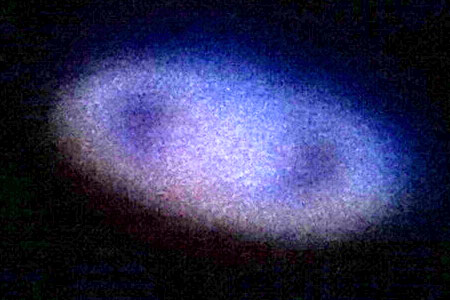 |
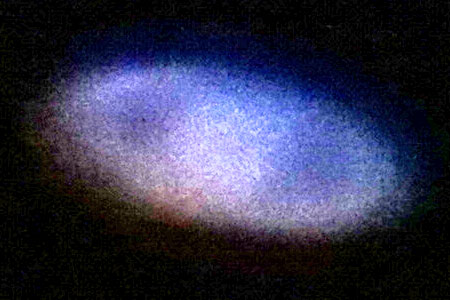 |
|||
|
||||||
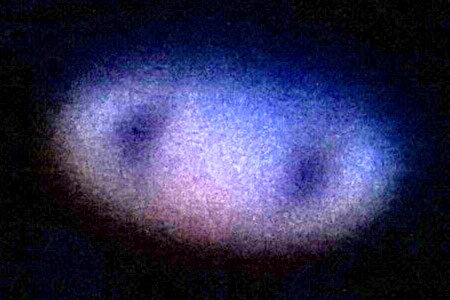 |
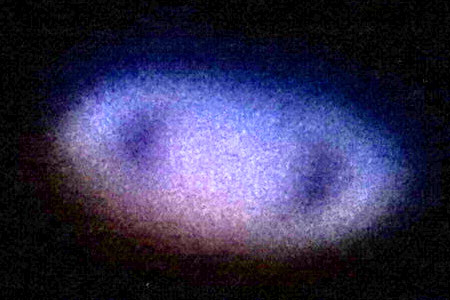 |
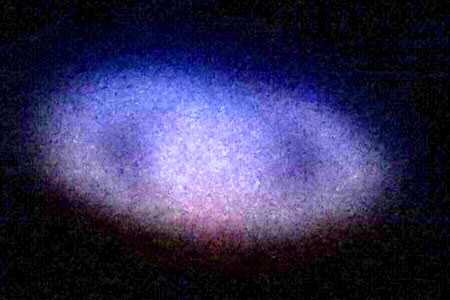 |
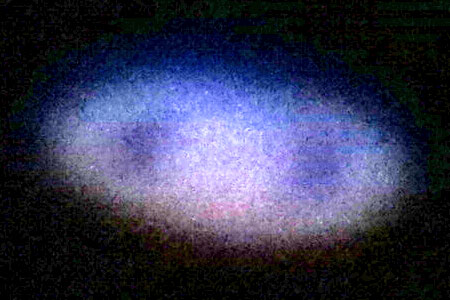 |
|||
These older photos of Saturn seem to be slightly more detailed than the current ones.
Conclusions
Overall, the magnification of the Skymax-127 (1500 mm focal length) together with the 32 mm eyepiece (magnification 47 x visually) is not sufficient to actually reveal details. Three times more pixels per side are obtained with the 10 mm eyepiece, which I only used for Saturn. Here I list how many pixels you get with the maximum optical zoom of the Sony RX100 M4 (zoom set to 70 mm equivalent):
- Skymax-127, 32 mm eyepiece: Jupiter disk 110-115 pixels (a slightly larger value than 2018)
- Skymax-127, TeleVue 10 mm eyepiece: Saturn disk 130-150 pixels, Saturn ring 330-350 pixels (similar value for the ring as 2018)
Jupiter
When photographing Jupiter you have to decide whether you want to see the planet's surface or the moons. At the beginning, I decided for the moons and received only blurred images (see example above); Jupiter is then completely outshone. Then I tried to capture the surface of Jupiter (see above), which made the moons disappear. These photos seem to be slightly better than last year's ones.
It would be best to take two photos with different exposures in quick succession on a tripod and to combine them in an image editing application...
Saturn
My Saturn photos taken with a 10 mm eyepiece achieved higher pixel numbers at the expense of more blur. Probably, Saturn was much too deep in the sky... Furthermore, the photos are totally underexposed, and only with the help of an image editing application I was able to recognize Saturn on the photos at all. The photos from last year seem to be slightly better than the current ones.
On Photography...
See page Jupiter, Saturn, and More - August 2018 for more information. This time, I just took quick-and-dirty-photos...
| 17.07.2019 |